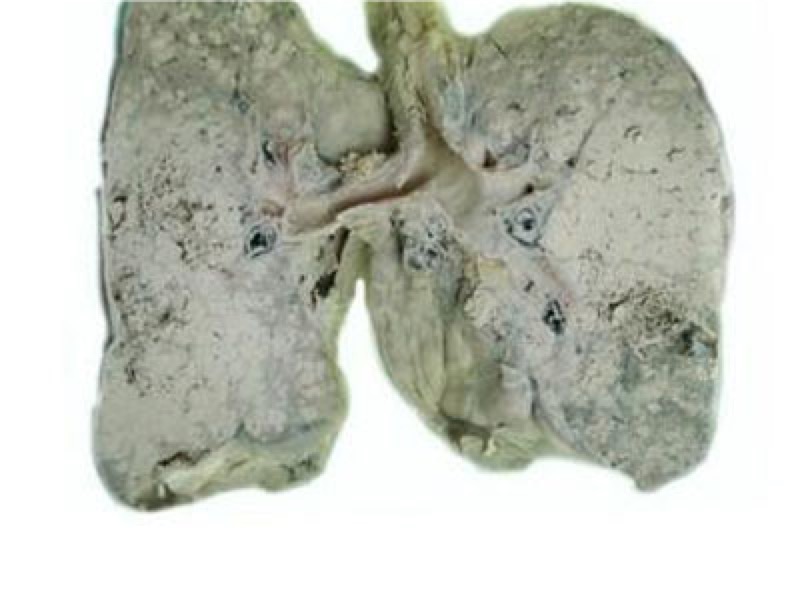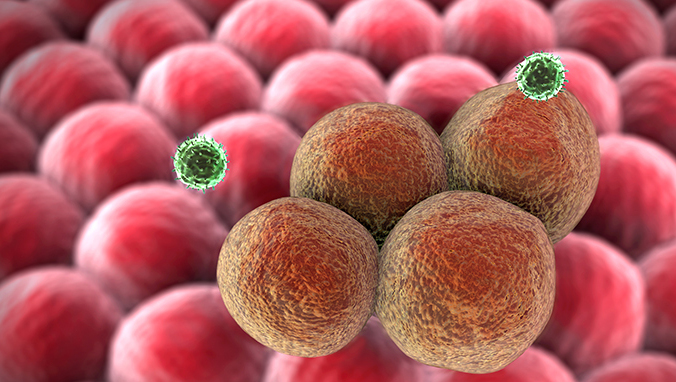Is the precancerous lesion a carcinoma in situ?
Cancer is a vocabulary with a high prevalence in today''s society. It is also an important factor that affects the happiness and harmony of tens of millions of families. Most people "talk about cancer discoloration." In fact, the process of cancer development includes three stages: precancerous lesions, carcinoma in situ, and invasive carcinoma. So is the precancerous lesion a carcinoma in situ?

1. Precancerous lesions before cancer Lesions refer to certain lesions that have the potential to become cancerous. If they are left untreated for a long time, they may turn into cancer. Common precancerous lesions are: ① Mucosal leukoplakia, common in the oral cavity, vulva and other mucosa. Due to the hyperplasia and hyperkeratosis of squamous epithelium and there is a certain atypical, long-term healing can be transformed into squamous cell carcinoma.
② Chronic cervicitis with cervical erosion, which is a common gynecological disease, is based on chronic cervicitis, the squamous epithelium of the cervix and vagina is replaced by a single layer of columnar epithelium from the endometrium of the cervical canal, which can be transformed It is cervical squamous cell carcinoma. ③Adenomatous polyps of the rectum and colon can become cancerous in single or multiple cases, and those with a family history are more likely to develop cancerous. ④ Fibrocystic hyperplasia of the mammary glands is often caused by endocrine disorders, and those with intraductal papillary hyperplasia are prone to cancer.
⑤Chronic atrophic gastritis and gastric ulcer, intestinal metaplasia of gastric mucosal epithelium of chronic atrophic gastritis can become cancerous. Chronic gastric ulcers do not heal for a long time, and cancer can also occur, and the canceration rate is about 1%. ⑥ Chronic ulcerative colitis, colon adenocarcinoma can occur on the basis of repeated ulcers and mucosal hyperplasia. ⑦ Chronic skin ulcers, chronic skin ulcers and fistulas, especially chronic leg ulcers, can develop squamous epithelial hyperplasia and are prone to cancer.
⑧ Cirrhosis, chronic viral hepatitis progresses to cirrhosis, and a considerable portion can further progress to hepatocellular carcinoma.
2. Precancerous lesions often turn into cancer through this form. Carcinoma in situ Carcinoma in situ refers to severe atypical hyperplasia in the squamous epithelium of the mucosa or the epidermis of the skin that almost involves or involves the entire layer of the epithelium, but has not yet penetrated the basement membrane and infiltrated and grown downwards is called carcinoma in situ. Such as carcinoma in situ of cervix, esophagus and skin.
Related Articles

- Early symptoms of lung cancer
- 2020-12-17

- Early Signs of Bladder Cancer
- What are the early symptoms of bladder cancer?
- 2020-12-17

- Is metastatic carcinoma easy to metastasize
- Once the cancer has metastasized, it will be very difficult to cure, because many people have lost their lives because of the emergence of cancer, so most people think that cancer is an un
- 2020-08-02

- What does microinfiltrating adenocarcinoma mean?
- Microinfiltrating adenocarcinoma is a type of lung cancer. The reason why it is called microinfiltration means that there is less infiltration around it, which means that it is in the early
- 2020-08-01

- How long can non-small cell adenocarcinoma live
- Adenocarcinoma is one of the most common malignant tumors in the world. Non-small cell adenocarcinoma accounts for about 80% of all adenocarcinomas. About 75% of patients are in the middle
- 2020-08-01

- Hand cancer
- Finger cancer generally refers to the appearance of skin cancer, which is characterized by local cauliflower-like skin and easy bleeding. Finger skin cancer is mostly a malignant tumor that
- 2020-08-01
